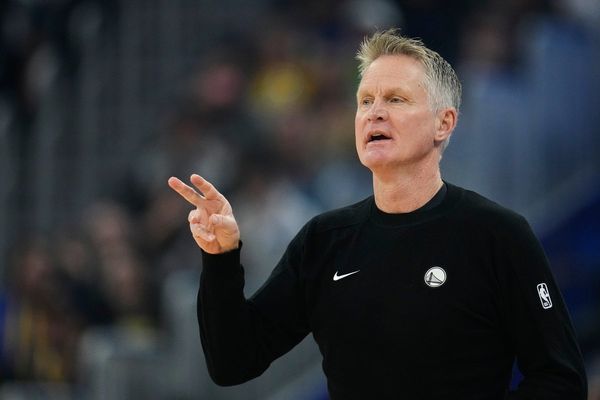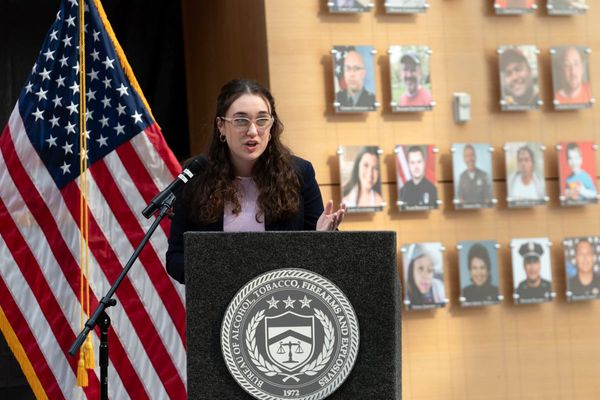The Greens lost three seats at the 2025 election, including Melbourne, the electorate of their former leader Adam Bandt.
Their national Senate primary vote was down by almost one percentage point compared with 2022, though they have maintained the same number of Senate seats.
Their national lower house vote was steady, with 12.22% of the primary vote in 2025 compared with 12.25% in 2022. This means the Greens are ranked third-highest among the parties, behind only Labor and the Liberals.
So what went wrong for the Greens? And how can a party that has such a high share of the national vote have so few seats?
The Greens vote is widely dispersed
To show why the Greens’ seat share is so low relative to their national vote, it’s worth comparing them with the other large party that isn’t the Liberals or Labor – the Nationals.
In Queensland and the Northern Territory, the Nationals and Liberals have merged into a single party. However, MPs can choose to identify with one party or the other federally by choosing to sit with either the Liberal or National party room. For the following figures we have separated out Nationals politicians and votes on this basis.
The Greens have a much higher vote share nationally, but end up with many fewer seats:
The reason for this becomes clear when the votes for each party are mapped.
This explains the disparity between their national vote and the number of lower house seats – but to explain why the Greens lost three seats compared with the last election, we need to zoom in.
In Melbourne, a redistribution and swing to Labor
Going into the 2025 election, Adam Bandt was disadvantaged by a change in electorate boundaries, but this isn’t the only issue he faced.
Again, this is much clearer with a map.
In addition to the redistribution, Bandt faced at least some voters switching from the Greens to Labor, which Bandt acknowledged after conceding: “In Melbourne, the boundaries changed and made the seat much more marginal, and I feel that a number of people shifted their votes to Labor to keep [Peter] Dutton out,” he said.
In Queensland, Labor upturned three-cornered contests
The situation in Queensland is a bit different, and to explain the loss of two of the Brisbane seats, we need to get into some maths. Yes, that’s right – maths, not maps.
This is how the Greens lost Griffith in 2025 – the swing to Labor made it a contest between Labor and the Greens, and Labor won on Liberal preferences. In the seat of Brisbane, the Greens didn’t make the final two and Labor won with Greens voter preferences.
These seats are called three-cornered contests, and it can be hard to wrap your head around how small changes in the primary vote can result in big changes to the two-party-preferred outcome.
Here you can play around with the primary vote and see how things change in our hypothetical electorate:
Notes
We’re using the following preference assumptions in our calculator and charts for hypothetical voting scenarios, loosely based on actual preference data from 2022:
80% of Labor voters preference the Greens before Liberals
80% of Greens voters preference Labor before Liberals
70% of Liberal voters preference Labor before Greens
Thanks to Jill Sheppard at the Australian National University for providing feedback on a draft of this feature. Any errors remain the fault of the authors.







